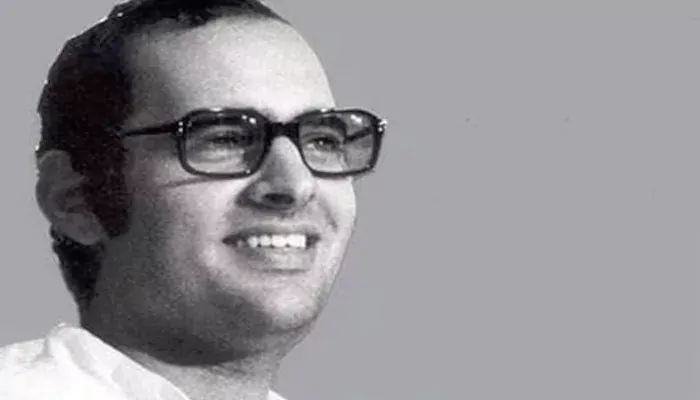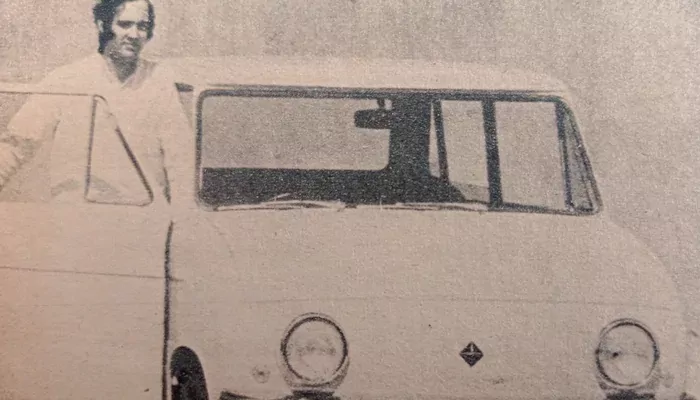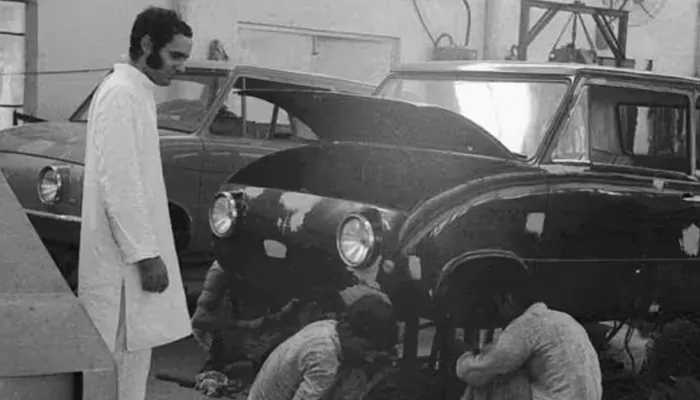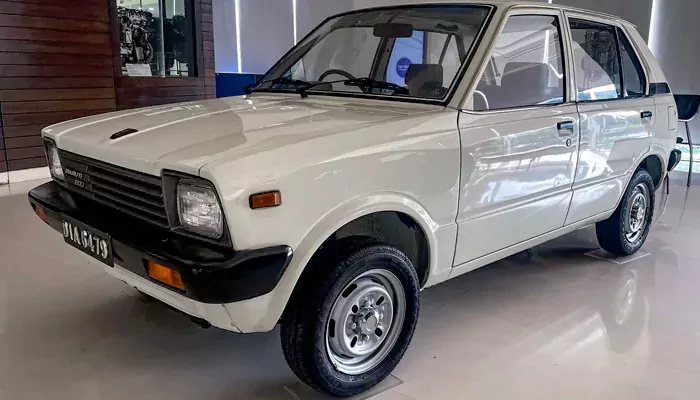
While the late Sanjay Gandhi had a vision, it didn't reflect in the work he did at Maruti.
India had been assembling cars even before it gained its independence in 1947 from British colonisation. However, after independence, the government realised that the country needed to have an automobile industry of its own if it wanted to become stronger, economically independent one day.
Therefore, multiple committees were set to discuss a car for the people, much like Adolf Hitler had envisioned for his Germany. Unfortunately, everything takes time or influence in India, and therefore, it took two decades for the government to pass the plan.
The late Sanjay Gandhi, the son of the late Prime Minister Indira Gandhi, had an interest in cars. Many even debate that he worked as an intern at Rolls-Royce for three years, whereas some reports suggest that he had a minor degree in mechanical engineering.

Nonetheless, reports from the 1970s suggest that he began working on a small car in a rented garage in Roshanara Bagh, Old Delhi, as per the Economic Times. In short, the man had a vision for India's people's car.
In 1970, the government of India invited multiple car manufacturers to submit proposals for a people's car, which also included a proposal from TELCO. Unfortunately, nepotism has existed since the beginning of time, and therefore, Sanjay Gandhi was the only one who won the contract.

In 1971, Maruti Motors Limited was incorporated to create India's first indigenous car for the people, and Sanjay Gandhi was its first managing director.
If it wasn't unfair to give the contract to his son by the late prime minister, what happened next will blow your mind. Gandhi's Maruti Motors Limited was provided 297 acres of land in Gurugram by evicting 15,000 farmers. When P.N. Haskar, the principal secretary to Indira Gandhi, opposed the plan, he was dropped from his position.
Sanjay's vision was commendable, but his plan was never foolproof. Initially, he announced the car's cost to be around INR 8,000, but later, the car's price increased to INR 16,500 ex-showroom and INR 21,000 on-road in Haryana. Despite the difference in the plan, it was still cheaper by INR 10,000 compared to other cars available at the time.
Sanjay Gandhi had also made lofty promises, including increasing the production of the units from 20-21 per month to 200 units per day. However, for reasons unknown, by 1976, the company had produced only 21 cars; none of them ever reached the showroom or hit the street.

In 1977, Indira Gandhi lost the election, but she defended her son all the way, just as a good mother would. However, in 1980, when she returned to the office after Sanjay Gandhi's tragic plane crash, Indira Gandhi ordered the government, through legislation, to take control of Sanjay Gandhi's Maruti Motors Limited.
Indira Gandhi appointed Arun Nehra to her committee to review Sanjay Gandhi's plan and determine if it was possible to revive her late son's dream. Nehru informed that it was possible, but only with the help of experts from the automobile industry, possibly from a foreign friend.

That's when a team of engineers was put together to scan the global market for a potential partner. Suzuki was identified as a potential partner, and in 1982, Maruti Suzuki was established, leading to the introduction of the Maruti 800, which was based on the Suzuki Alto.
The late Sanjay Gandhi made several mistakes that prevented him from seeing the car in reality. However, it was his vision that started the journey of India's first car. Not to forget, the actions of Indira Gandhi, although questionable, must still be acknowledged; otherwise, India would have continued to drive expensive vehicles like the Ambassador and Padmini.